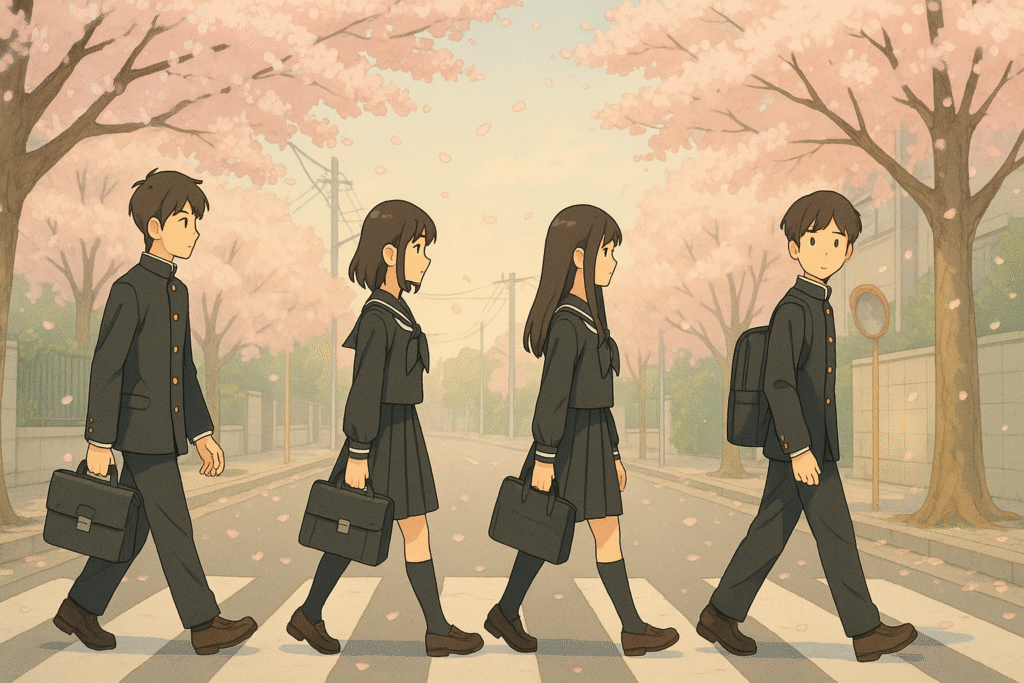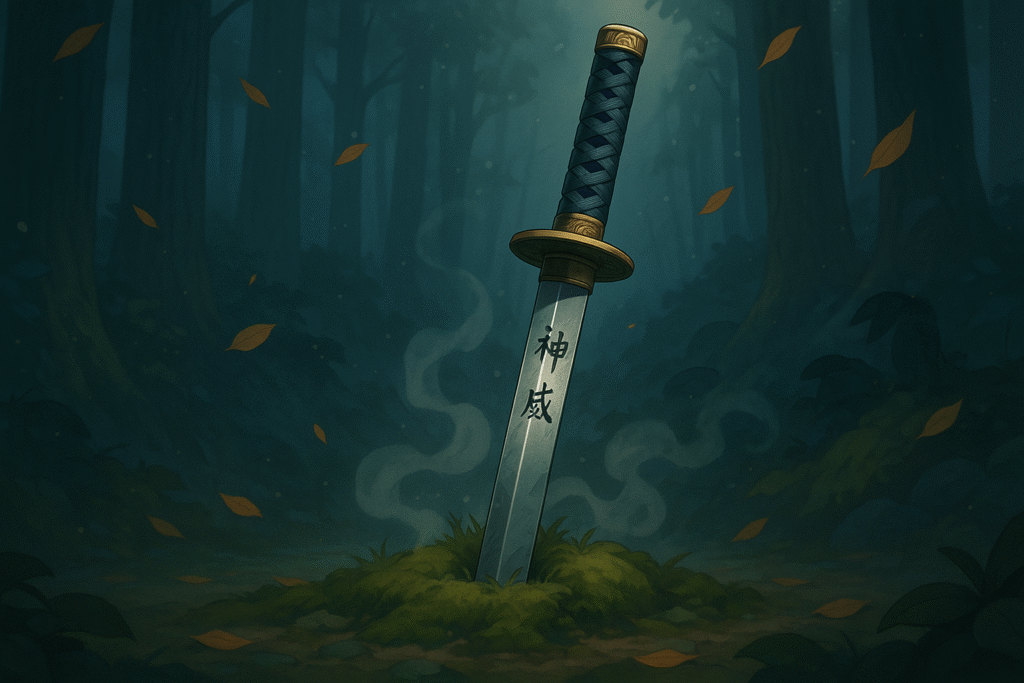Have you ever watched a Japanese drama or anime and wondered if those stylish school uniforms are actually what students wear in real life? The fascination with japanese school uniforms real versus fictional portrayals has captivated people worldwide, but the authentic story behind Japan’s student attire is far more nuanced than what popular media suggests.
As someone who’s witnessed the evolution of Japanese educational culture firsthand, I can tell you that understanding authentic Japanese school uniforms opens a window into Japan’s values of discipline, equality, and social harmony. Whether you’re planning to study in Japan, teach English as an ALT, or simply curious about Japanese culture, this comprehensive guide will reveal everything you need to know about real Japanese school uniforms.
The Reality of Japanese School Uniforms: Beyond the Hollywood Glamour
What Do Real Japanese School Uniforms Actually Look Like?
When it comes to japanese school uniforms real appearances, authenticity differs dramatically from media representations. Genuine Japanese student attire prioritizes practicality, modesty, and conformity over fashion-forward aesthetics.
Traditional Uniform Styles:
- Gakuran (学ラン): Black military-inspired jackets with high collars for male students
- Sailor Fuku (セーラー服): Navy-inspired uniforms with characteristic sailor collars for female students
- Blazer Style: Western-influenced suits with ties or ribbons
The color palette remains consistently conservative across Japan’s educational institutions. Navy blue, black, charcoal gray, and deep green dominate the spectrum, with occasional burgundy or brown accents in private schools.
Seasonal Variations in Authentic Japanese School Attire
Japanese schools adapt their uniform requirements to match the country’s distinct seasons:
Summer Uniforms (夏服 – Natsufuku):
- Short-sleeved white shirts or blouses
- Lighter fabric materials
- Optional cardigans or vests
- Sometimes polo shirts replace traditional dress shirts
Winter Uniforms (冬服 – Fuyufuku):
- Long-sleeved shirts with blazers or sweaters
- Heavier wool materials
- Additional layers like vests or cardigans
- Longer socks or tights for female students
Personal Expression vs. Conformity in Japanese Schools
The Strict Reality of Japanese School Dress Codes
Unlike the creative freedom depicted in popular media, japanese school uniforms real regulations are notoriously rigid. Japanese educational institutions maintain detailed appearance standards that extend far beyond clothing:
Hair Regulations:
- Natural black hair color required (dyeing often prohibited)
- Specific length restrictions for both male and female students
- Certain hairstyles completely banned
Accessory Restrictions:
- Jewelry typically forbidden
- Makeup prohibited in most schools
- Nail polish not allowed
- Piercings generally banned
Footwear Standards:
- Designated school shoes for indoor use
- Specific outdoor shoe styles required
- Sock colors and lengths regulated
Regional Differences in Japanese School Uniform Policies
While uniformity remains the goal, japanese school uniforms real standards can vary between prefectures and individual institutions. Urban schools in Tokyo or Osaka might allow slightly more flexibility compared to rural institutions, but overall adherence to traditional standards remains strong.
Some progressive schools now offer options like:
- Choice between skirts and pants for female students
- Seasonal flexibility in uniform components
- Slight variations in accessory policies
The Cultural Significance Behind Japanese School Uniforms
Why Japanese Schools Emphasize Uniform Standards
The emphasis on japanese school uniforms real authenticity reflects deeper Japanese cultural values:
Social Equality: Uniforms minimize visible economic differences between students from various socioeconomic backgrounds.
Group Harmony: Consistent appearance promotes the Japanese concept of wa (和) – social harmony and unity.
Discipline Training: Strict appearance standards teach students self-control and attention to detail.
School Identity: Uniforms create a sense of belonging and institutional pride.
Want to explore Japan’s culture?
Discover Japan’s rich culture, traditions, and hidden gems with our expertly crafted guides. Get insider tips on travel, food, and history. All for free!
The Psychology of Japanese School Uniform Culture
Research indicates that japanese school uniforms real impact extends beyond mere clothing choices. Students report feeling more focused on academics when appearance decisions are eliminated, while teachers appreciate reduced classroom distractions.
However, critics argue that excessive uniformity may suppress individual creativity and self-expression during crucial developmental years.
Practical Guide: What to Expect in Japanese Schools
Cost Considerations for Japanese School Uniforms
Authentic Japanese school uniforms represent a significant financial investment for families:
- Complete uniform sets typically cost ¥30,000-80,000 ($200-550 USD)
- Seasonal variations require additional purchases
- Growing students need frequent replacements
- Special occasion uniforms add extra costs
Where Japanese Families Purchase School Uniforms
japanese school uniforms real shopping typically occurs at:
- Designated school uniform suppliers
- Department stores with school uniform sections
- Specialty uniform retail chains
- Second-hand uniform markets (increasingly popular)
Uniform Maintenance and Care
Japanese families invest considerable time maintaining their children’s school uniforms:
- Daily inspection and preparation
- Professional cleaning for special items
- Seasonal storage and rotation
- Repair and alteration services
Learning Japanese: Understanding School Culture Through Language
As you explore Japanese school culture, consider deepening your understanding through language study. Our comprehensive JLPT N5 Study Guide provides essential vocabulary and grammar patterns related to school life, clothing, and daily activities – perfect for anyone interested in Japanese educational culture.
Understanding terms like:
- 制服 (seifuku) – school uniform
- 校則 (kōsoku) – school rules
- 身だしなみ (midashi-nami) – personal grooming/appearance
These linguistic insights enhance your appreciation of Japanese school uniform culture and its underlying social meanings.
Modern Trends and Future of Japanese School Uniforms
Recent Changes in Japanese School Uniform Policies
Contemporary Japanese education is gradually evolving, with some institutions reconsidering traditional japanese school uniforms real requirements:
- Gender-neutral uniform options emerging
- Increased flexibility in seasonal transitions
- Mental health considerations influencing dress code policies
- International school influences promoting diversity
Technology Integration in Japanese School Uniforms
Modern Japanese schools are beginning to incorporate technology into traditional uniforms:
- RFID chips for attendance tracking
- Temperature-regulating fabrics
- Anti-bacterial treatments
- Smart accessories for safety monitoring
For those fascinated by Japanese culture, you might also enjoy exploring cute Japanese animals or discovering why people rub chopsticks together – both topics that reveal interesting aspects of Japanese society and traditions.
Conclusion: Understanding the Real Story Behind Japanese School Uniforms
The truth about japanese school uniforms real appearance and significance extends far beyond surface-level fashion considerations. These carefully regulated garments represent centuries of educational philosophy, social values, and cultural priorities that continue shaping Japanese society today.
Whether you’re an educator, student, parent, or cultural enthusiast, understanding authentic Japanese school uniform culture provides valuable insights into Japan’s educational system and social fabric. Real Japanese school uniforms prioritize function over fashion, unity over individuality, and tradition over trend – reflecting the deeper values that guide Japanese educational philosophy.
Frequently Asked Questions About Japanese School Uniforms
Q: Are Japanese school uniforms really as strict as portrayed in media? A: Yes, Japanese school uniform regulations are typically much stricter than Western dress codes, covering everything from hair color to sock length.
Q: Do all Japanese schools require uniforms? A: Most Japanese middle and high schools require uniforms, while elementary schools often have more relaxed dress codes or casual clothing policies.
Q: How much do Japanese school uniforms cost? A: A complete Japanese school uniform set typically costs between ¥30,000-80,000 ($200-550 USD), including seasonal variations.
Q: Can students personalize their Japanese school uniforms? A: Personalization is generally minimal and strictly regulated, with most schools prohibiting individual modifications or accessories.
Q: Are Japanese school uniform rules changing? A: Some progressive schools are introducing more flexible policies, including gender-neutral options and seasonal flexibility, though traditional standards remain dominant.
Love Japan? Stay in the Loop!
Get the best of Japan straight to your inbox: language, culture & travel insights!




